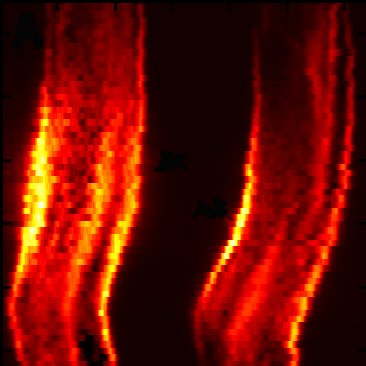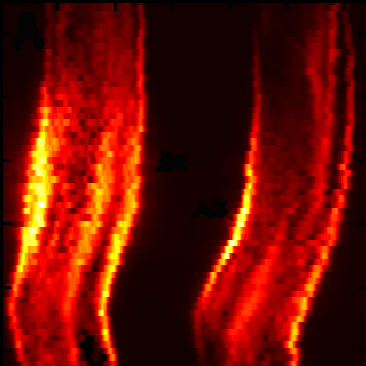A spin on graphene
Whether quantum dots will prove to be reliable building blocks for a quantum computer will depend on how well we measure and control their charge and spin. Spin qubits in quantum dots—wherein a spin-1/2 electron encodes the two bits of information—would be particularly useful if they were fine-tuned to an applied magnetic field.
Despite extensive data on the preparation, control, and readout of spins in conventional semiconductor quantum dots such as those made of GaAs, researchers continue to be intrigued by the behavior of spins in graphene. Two limiting factors—spin-orbit interactions and hyperfine splitting—that lower spin lifetimes in other materials are expected to be less prominent in graphene. Longer lifetimes, which in turn reduce decoherence, lead to more reliable devices.
In their paper in Physical Review Letters, Johannes Güttinger, Tobias Frey, Christoph Stampfer, Thomas Ihn, and Klaus Ensslin, all at ETH Zurich in Switzerland, study how spins fill up orbital states in a graphene quantum dot in the presence of out-of-plane (perpendicular) as well as in-plane (parallel) magnetic fields and find a significant deviation from the usual spin-up–spin-down sequence. Guided by measurements of the Zeeman factor for the in-plane case, the authors attribute this deviation to the strong exchange interaction in graphene quantum dots. Despite factors that range from how the gate voltage might affect different regions in the dot to how spin behavior varies with magnetic field strengths, this study of spins in graphene takes us a step further towards graphene quantum computers. – Sami Mitra





